
Pool of Radiance is a role-playing video game developed and published by Strategic Simulations, Inc (SSI) in 1988. It was the first adaptation of TSR's Advanced Dungeons & Dragons (AD&D) fantasy role-playing game for home computers, becoming the first episode in a four-part series of D&D computer adventure games. The other games in the "Gold Box" series used the game engine pioneered in Pool of Radiance, as did later D&D titles such as the Neverwinter Nights online game. Pool of Radiance takes place in the Forgotten Realms fantasy setting, with the action centered in and around the port city of Phlan.
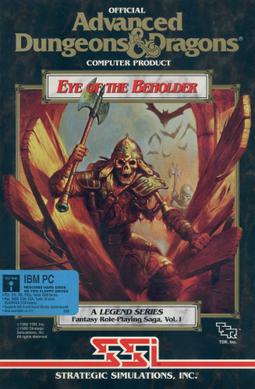
Eye of the Beholder is a role-playing video game for personal computers and video game consoles developed by Westwood Associates. It was published by Strategic Simulations, Inc. in 1991, for the MS-DOS operating system and later ported to the Amiga, the Sega CD and the SNES. The Sega CD version features a soundtrack composed by Yuzo Koshiro and Motohiro Kawashima. A port to the Atari Lynx handheld was developed by NuFX in 1993, but was not released. In 2002, an adaptation of the same name was developed by Pronto Games for the Game Boy Advance.
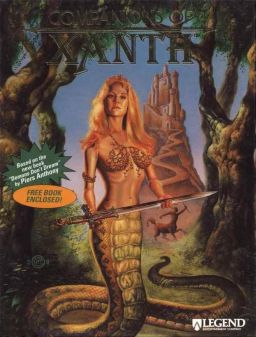
Companions of Xanth is an adventure game published in 1993 by Legend Entertainment.

Pools of Darkness is a role-playing video game published by Strategic Simulations in 1991. The cover art and introduction screen shows a female drow. It is the fourth entry in the Pool of Radiance series of Gold Box games, and the story is a continuation of the events after Secret of the Silver Blades. The novel loosely based on the game was released in 1992. Like the previous games in the series, it is set in the Forgotten Realms, a campaign setting from Dungeons & Dragons. Players must stop an invasion from an evil god, eventually traveling to other dimensions to confront his lieutenants.
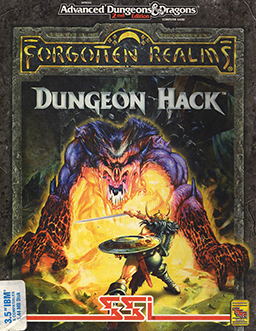
Dungeon Hack is a 1993 role-playing video game developed by DreamForge Intertainment and published by Strategic Simulations for DOS and NEC PC-9801.

Might and Magic IV: Clouds of Xeen is the fourth installment in the Might and Magic series by New World Computing.

Dark Sun: Shattered Lands is a turn-based role-playing video game that takes place in the Dungeons & Dragons campaign setting of Dark Sun. It was developed and published by Strategic Simulations in 1993. It received positive reviews although released initially in an unfinished state. The game had a sequel, Dark Sun: Wake of the Ravager, in 1994. An online MMORPG taking place in the same setting, Dark Sun Online: Crimson Sands, was released in 1996 and hosted on the T.E.N. Network.

Secret of the Silver Blades is the third in a four-part series of Forgotten Realms Dungeons & Dragons "Gold Box" adventure role-playing video games. The game was released in 1990.
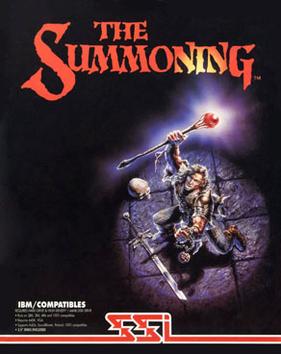
The Summoning is an isometric-view fantasy role-playing video game developed by Event Horizon Software and published by Strategic Simulations in 1992.

Buck Rogers: Matrix Cubed is a role-playing video game for MS-DOS developed and published by Strategic Simulations 1992. It uses the Gold Box engine. The game takes place in the Buck Rogers XXVC campaign setting. Matrix Cubed is a sequel to Countdown to Doomsday which came out in 1990.
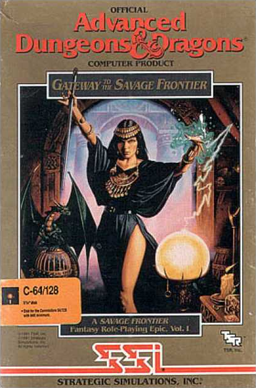
Gateway to the Savage Frontier (1991) is a Gold BoxDungeons & Dragons computer game developed by Beyond Software and published by SSI for the Commodore 64, PC and Amiga personal computers.
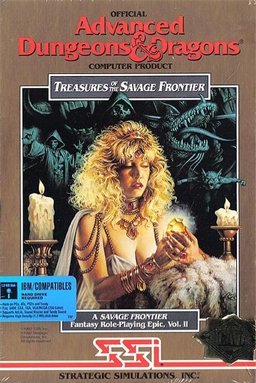
Treasures of the Savage Frontier (1992) is a Gold Box Dungeons & Dragons role-playing video game. It was developed by Beyond Software and published by SSI for the Amiga and DOS.
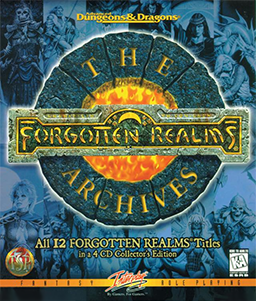
The Forgotten Realms Archives is a compilation of the AD&DForgotten Realms series from the beginning of the series in 1988 through 1994, including 12 complete games. It was released in April 1997, and re-released a year later as a Silver Edition, which included an interactive demo for 1998's Baldur's Gate, and republished in 2001 as part of the Gamefest Interplay collector's series, Gamefest: Forgotten Realms Classics.

Death Knights of Krynn is the second in a three-part series of DragonlanceAdvanced Dungeons & Dragons "Gold Box" role-playing video games, published by Strategic Simulations. The game was released in 1991.

The Dark Queen of Krynn is the third in a three-part series of Dragonlance Advanced Dungeons & Dragons "Gold Box" role-playing video games. The game was released in 1992.

Eye of the Beholder II: The Legend of Darkmoon is a 1991 role-playing video game and the sequel to the first Eye of the Beholder. It used a modified version of the first game's engine, added outdoor areas and greatly increased the amount of interaction the player had with their environment, along with substantially more role-playing aspects to the game. A sequel, Eye of the Beholder III: Assault on Myth Drannor, was released in 1993.

Al-Qadim: The Genie's Curse is an action role-playing game for the personal computer set in the Al-Qadim campaign setting of Advanced Dungeons and Dragons. The game was developed by Cyberlore Studios and published in 1994 by Strategic Simulations (SSI). The game combines role-playing game and adventure with a simplified interface; the player's character is a young corsair trying to clear his family's name, rescue his betrothed and determine who has been freeing genies from their masters.
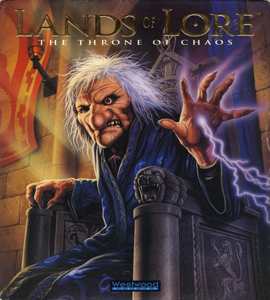
Lands of Lore: The Throne of Chaos is a 1993 role-playing video game developed by Westwood Studios and published by Virgin Games for MS-DOS, the NEC PC-9801, and FM Towns. It was the first installment of the Lands of Lore series. The player travels around various environments, collecting items and battling monsters in an attempt to save the kingdom from a witch named Scotia, who has acquired shape-shifting abilities.

Menzoberranzan is a 1994 role-playing video game created by Strategic Simulations (SSI) and DreamForge Intertainment. Menzoberranzan uses the same game engine as SSI's previous game, Ravenloft: Strahd's Possession (1994), and is set in the Advanced Dungeons & Dragons Forgotten Realms campaign setting.
Pool of Radiance is a series of role-playing video games set in the Forgotten Realms campaign settings of Dungeons & Dragons; it was the first Dungeons & Dragons video game series to be based on the Advanced Dungeons & Dragons rules.


















